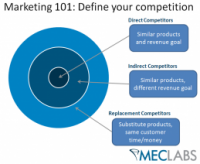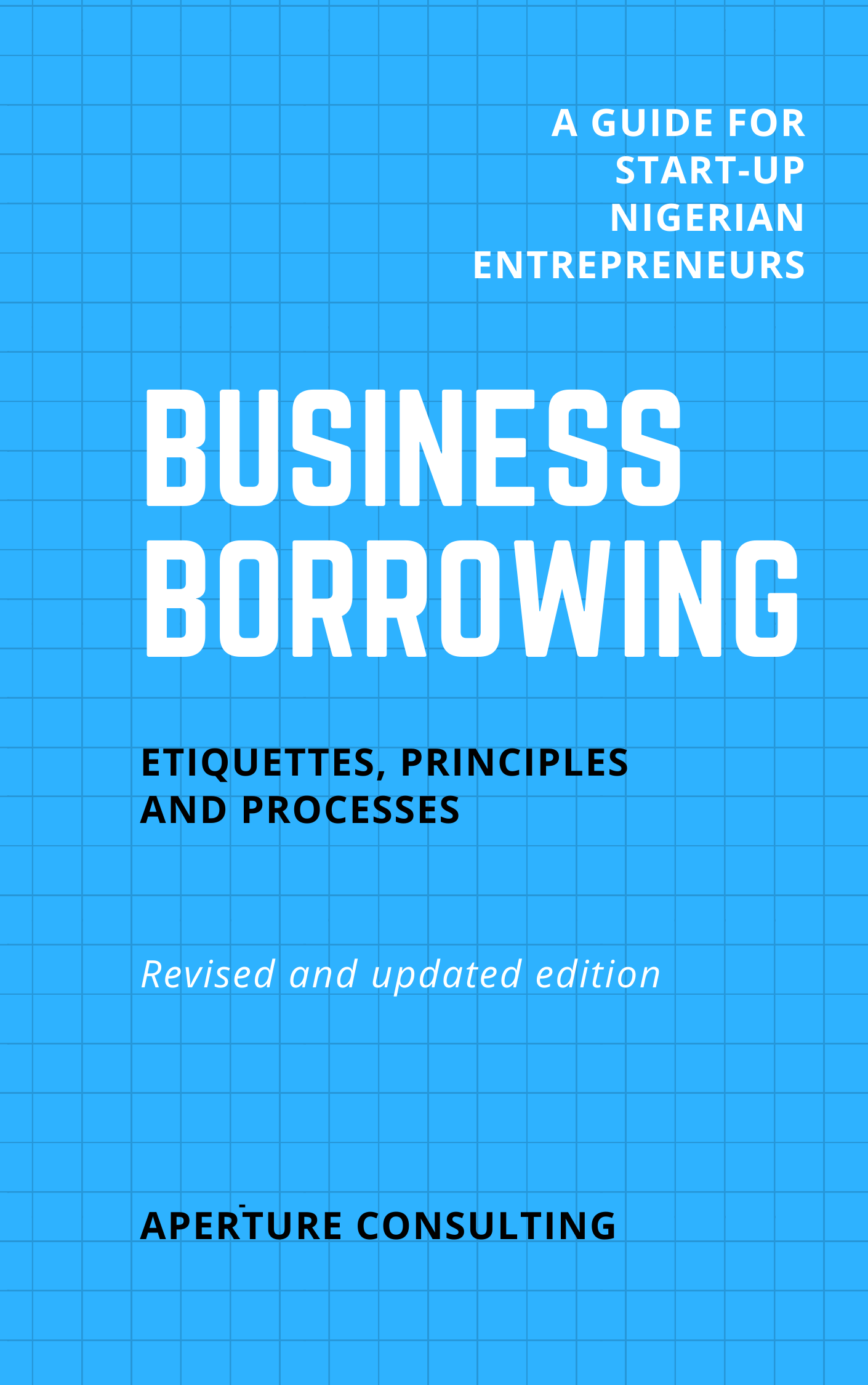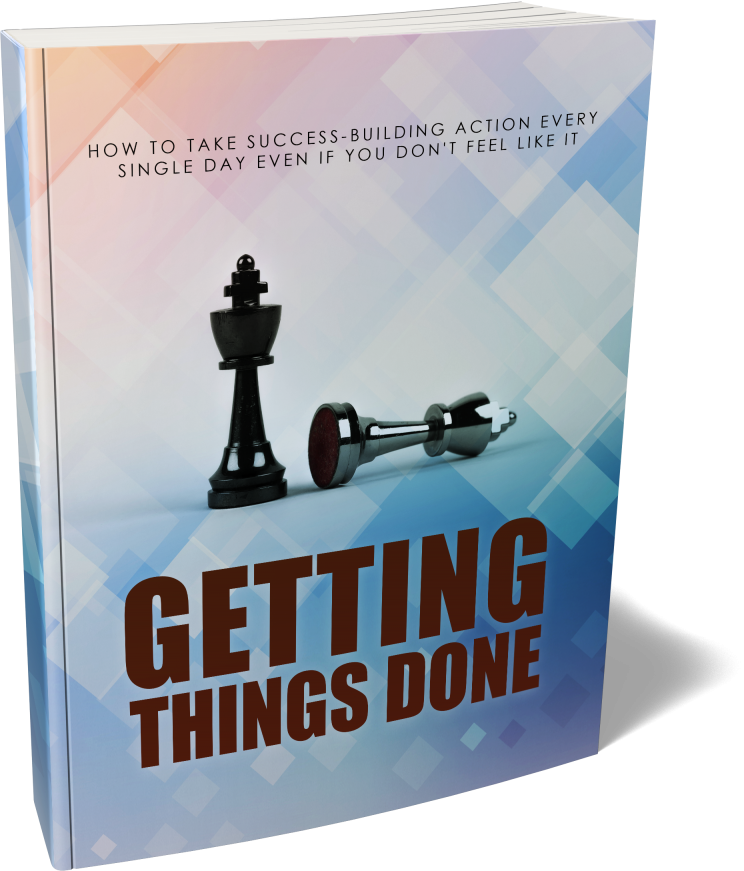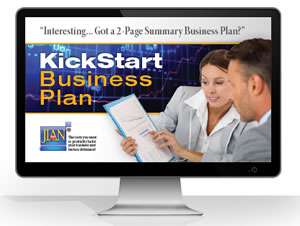Except you are one of the very few entrepreneurs that have either developed or created some entirely new product or service, you are very likely operating in a competitive business environment. And even if you created such a new product or developed a new service, you are very likely to face competition sooner than later, directly or indirectly. So what really is competition, how do you perceive it, and even more importantly, how can you thrive in it’s face?
Competition defined: Competition is the rivalry among sellers of similar products (goods and services) in trying to achieve such goals as increasing profits, market share, and sales volume. Competing businesses try to gain advantage to achieve these objectives by varying the elements of the marketing mix (product, price, distribution, and promotion).
Advantages of competition: The macroeconomic benefits, such as price optimisation, are all well known. However, from your position as the entrepreneur, the benefits of competition include engendering innovation, improving customer service, eliminating complacency, enhancing the development of your business knowledge, building team spirit, developing perseverance, etc.
Types of competition:
From an economist point of view, we have ‘Pure competition‘ where there are many companies of various sizes competing. None of the companies really has a dominant advantage. Barriers to entry here are relatively low. Think restaurants and bars, grocery stores etc. as examples. There is also ‘Imperfect competition‘, where there are many companies offering variations of essentially the same product. A variation might be difference in quality, durability, and the like. There is also ‘Oligopoly‘, where there are few sellers of relatively large and similar sizes. Barriers to entry are high and many. Think telecommunications companies and banks. There is also ‘Monopolistic competition’ where there is one large seller and a few medium and/or small others. Think Google and the others. There is ‘Monopoly‘ where there is one large seller with no close competition and virtually no alternate substitute.
The economist approach is extremely key in our understanding of the industry, market and competitive environment we are operating within. From a business point of view however, think of competition in the following terms:
Direct competition: All sellers that offers the same products, aimed at the same target market and customer base as you do. This is what comes to mind whenever we think competition. A direct competitor will also have similar revenue, profit, and market growth objectives with you. They essentially make money from the same thing that you do. A direct competitor will generally offer similar product in the same category with yours. Think of Coke and Pepsi.
Indirect competition: Indirect competitors also serve your target customers and have similar offerings but not equal ones. They’re usually in a different business category. Indirect competitors have different goals and they drive revenue differently from you. Most companies are involved with some form of indirect competition.
Replacement competition: Replacement competitors do not offer exactly what you do. However, they compete for your customer’s financial resources by offering a substitute product, which may not even necessarily be similar or in the same category. A replacement competitor offers your customers something different they could use instead of choosing your product. But to buy the replacement product means your customers have to use the same resources they could have committed to your product.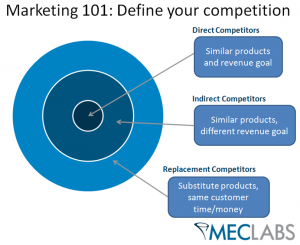 (MECLABS)
(MECLABS)
Thriving in competition: To succeed in business, do not consider your competitors as nuisance and unavoidable ‘evil’. This is psychologically defeating. Instead, think of competition as a serious game that should be enjoyed and succeeded at. The most successful entrepreneurs not only thrive in competition, they also really enjoy it. The challenge, the set backs, the planning, the adrenaline rush, the ultimate success.
The competitive advantage you create will make it possible for your company to produce or sell more goods more effectively than your competition. As an entrepreneur, you have to therefore develop business strategies in order to maintain a competitive advantage. Several types of strategies are available. You can adopt standard strategies or develop your own. What is key is that you should understand what is happening in your business terrain and develop or adopt what will keep you ahead. Even more important however, is execution. A strategy is only as good as its execution.
1) Start from the customer: Obviously, everything starts with the customer in mind. For an effective competitive strategy therefore, you really need to study your customers. Discuss with them to understand their requirements, expectations and frustrations. Ask deep questions and observe what is happening around. You have to interview customers and follow media conversations, business and trade reports.
Understand that our customers define our competition. After all, the competition is simply the other choices the customers may choose to make.
2) Identify the competition: It is necessary to know who your competitors are. From the direct, to indirect and replacement competitors, it is import you understand who is playing the landscape. Are you operating in an oligopoly or a pure competition environment. Studying your competition should reveal their strengths and weaknesses as well your own. Also, study and understand macroeconomic trends to gain an understanding of what choices your competition (and customers) will be making. Think ahead.
3) Know thyself: You obviously cannot give what you do not have. You have to therefore understand your capabilities and weaknesses. For instance, What are the financial resources available to you; what property rights do you have; what proprietary manufacturing process is available to you; what distribution capabilities can you deploy; what trade benefits are offered to you by your suppliers that your competition don’t get? You should do a full SWOT review to be clear of what your position is in the landscape and how best you can deploy your resources to maximum benefit.
4) Adopt or develop a strategy:
Developing a competitive strategy involves the application of differing components of the marketing mix (i.e. product, price, distribution and promotion). Your products, customers, competitive landscape, geography, etc can all affect how you can successfully apply those variables to achieve your objective. What is very important is for you and your team is to first have a very good understanding of exactly what is happening.
Some possibilities are as follows:
Cost Leadership: Traditionally, businesses have two options for improving profits: increasing sales or decreasing costs. Cost leadership strategies focus on acquiring raw materials and inputs of the highest quality at the lowest price possible. Manufacturing and delivery processing is also made to maximise value creation. This can make it possible for business to become the lowest cost production company in an industry. High quality products at the lowest price possible can then lead to increase in revenues, market share, and profits.
Price Strategy: Unless absolutely workable, I always advise small and medium enterprises against initiating a price war. They, mostly, simply don’t have the resources for this to succeed. You can, however, develop a number of pricing strategies that can attract and/or retain customers without fighting a battle you are unlikely to win. These may include penetration (whereby you start at low prices to gain market share and then slowly increasing it to higher levels. This should only be if the ‘low’ prices offer you acceptable margins and will not attract massive response from more dominant players); bundling (whereby a major product is bundled with others under one pricing); promotions (whereby your company offers additional benefits such as buy-one-get-one-free); etc. Whatever price strategy you consider adopting, you should be clear of what the costs and the benefits are. Obviously, the benefits must outweigh the costs for it to be beneficial.
Customer Service: Another way a business can create a competitive advantage is by developing an enhanced customer service capability. When this is done, either at the same or differentiated pricing, it has the very likely possibility of increasing your revenue and customer loyalty. Like with all components of your strategy, discipline and execution are particularly key here.
Differentiation: As an entrepreneur, you could also differentiate your products. Differentiation may involve developing products that are not currently available in the marketplace. The products could also be altered or modified to offer your customers exceptional value or additional benefits. The innovative features you are able to develop will provide a competitive advantage because competitors will find it difficult to imitate them or provide substitutes that offer the same value (within a short time).
Partnership: Most small and medium business do not realise that they could develop strong competitive advantages by going into appropriate business partnerships. Working with partners and customers can give you access to strategically important resources (such as information, skills, inputs etc) that may enable you to innovate in your operations. Integrating your operations with your suppliers’ in the supply chain can improve competitive advantage by reducing your inventory requirement. Working closely with your customers will make you understand their requirements better, making it possible to address them ahead of your competition.
